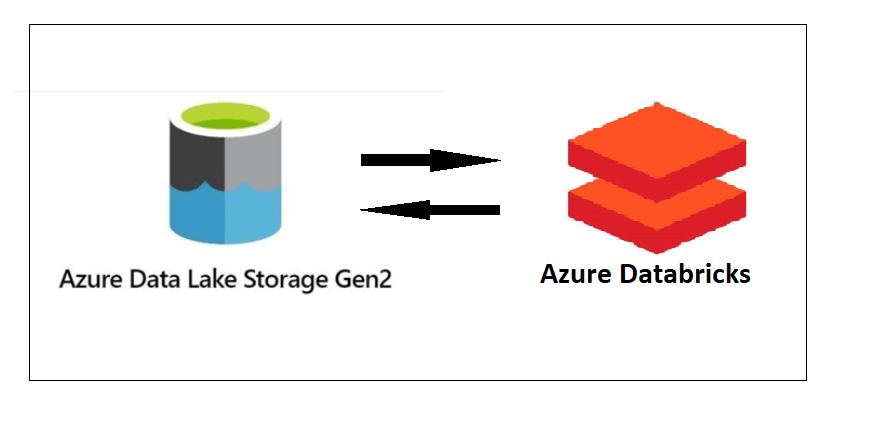Azure Databricks DBFS and Interactive Ways with Local Image and Azure ADLS
In today’s technology industry, Databricks has undoubtedly become a unicorn company in big data distributed processing, data analysis, data visualization, and machine learning. In the current era of cloud computing, the three major cloud service providers, Microsoft, Amazon, and Google, have all incorporated Databricks into their cloud computing platforms. This shows Databricks’ unique contribution to data cloud computing and its pivotal role in the development of enterprise-level data products.
With the decreasing cost of cloud storage and the improvement in network speeds, more and more enterprises are choosing to store all their data in a central repository rather than separately storing different types of data. This trend towards centralization helps companies better understand their business operations through real-time business intelligence and predictive analytics. At the same time, the explosive growth of data has made it impractical for companies to maintain multiple large data stores, leading to the merging of data lakes and data warehouses into a single platform. Based on the Lakehouse technology architecture, Databricks provides platform-level services that integrate data storage, processing, visualization, and machine learning into a unified environment. As a result, more and more enterprises are choosing Databricks as their primary cloud data service platform, and developers also prefer Databricks Notebook as a unified development and presentation environment.
